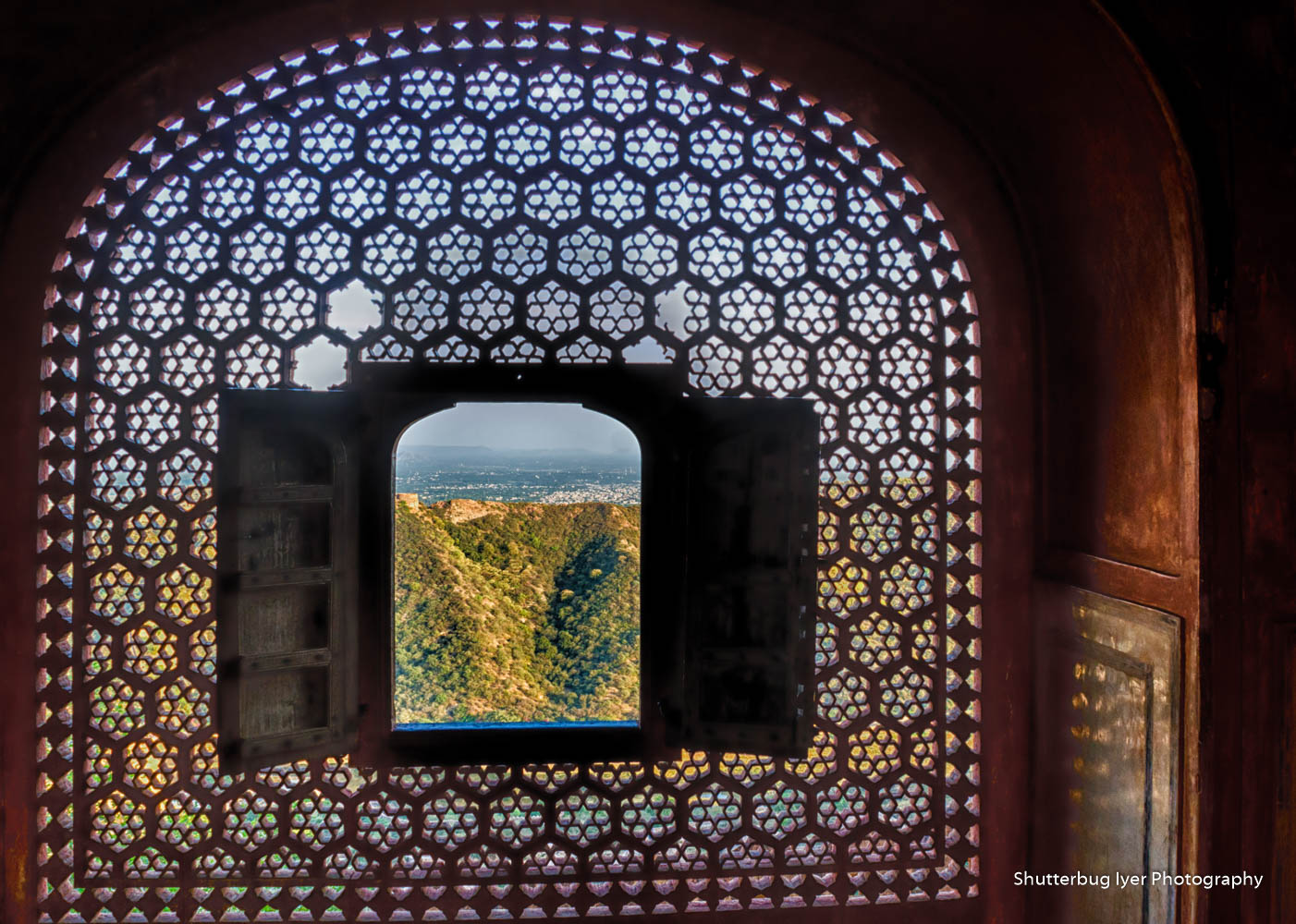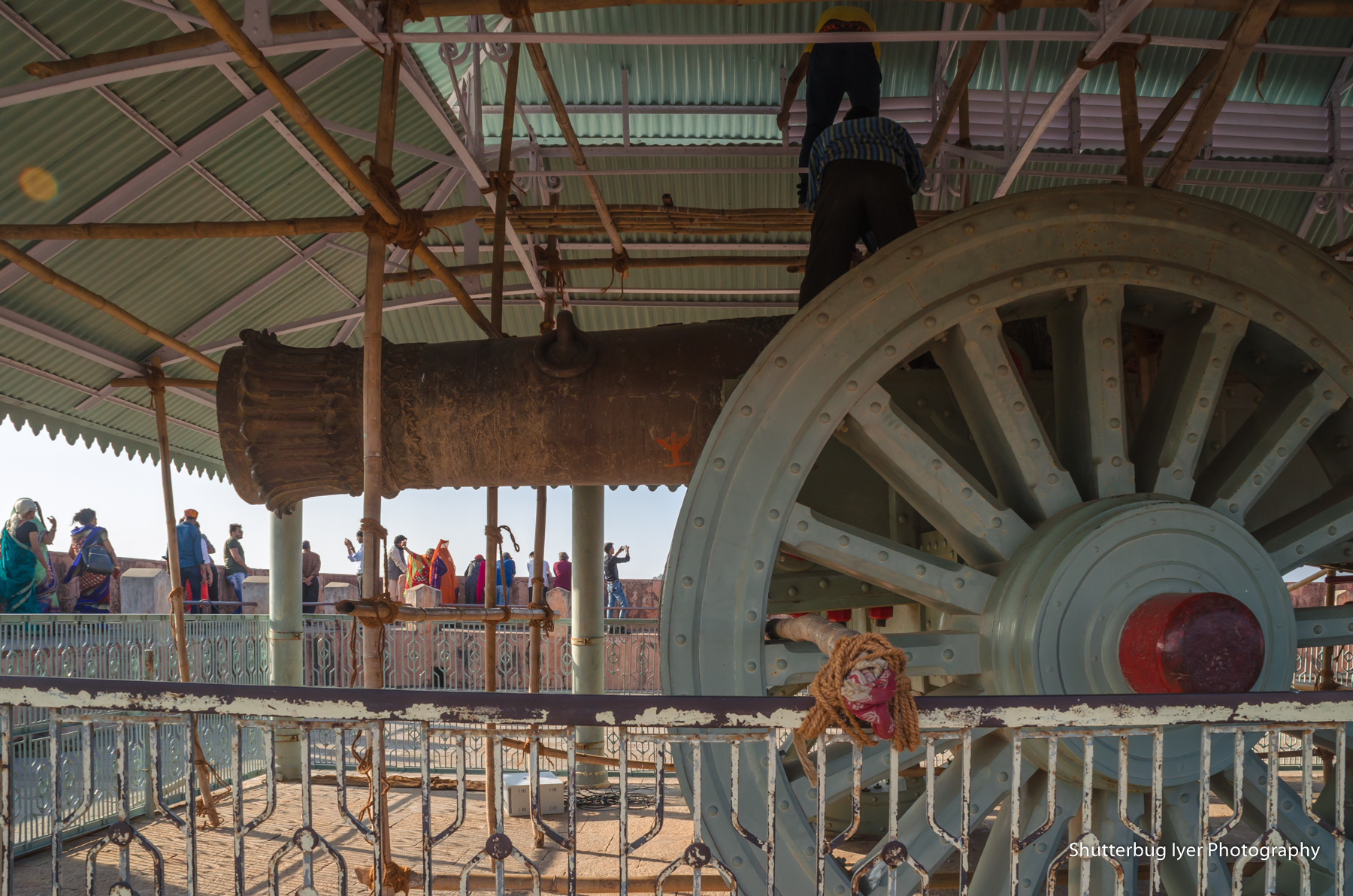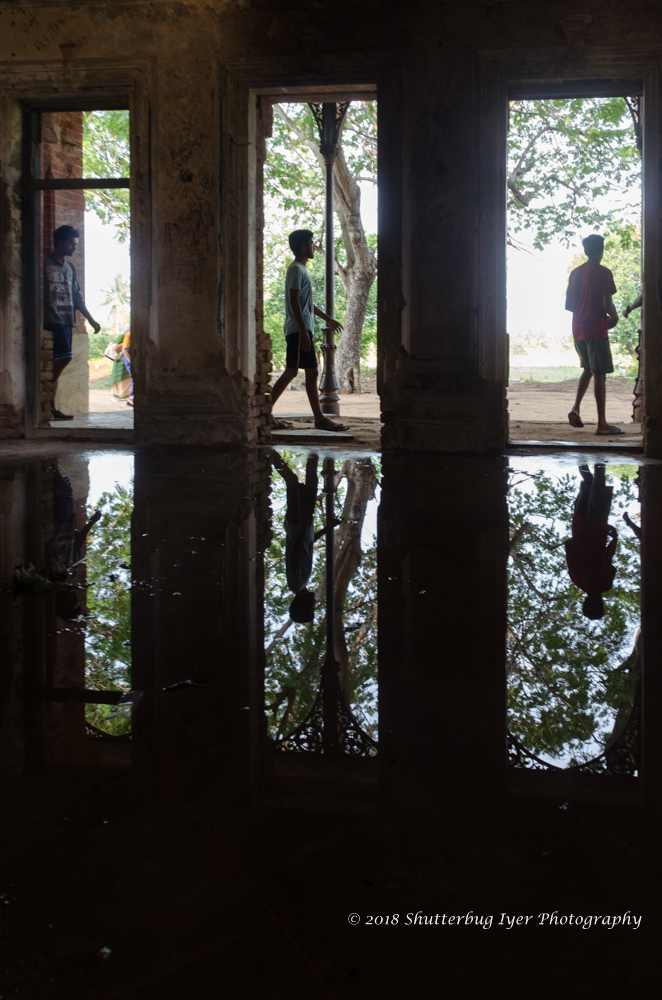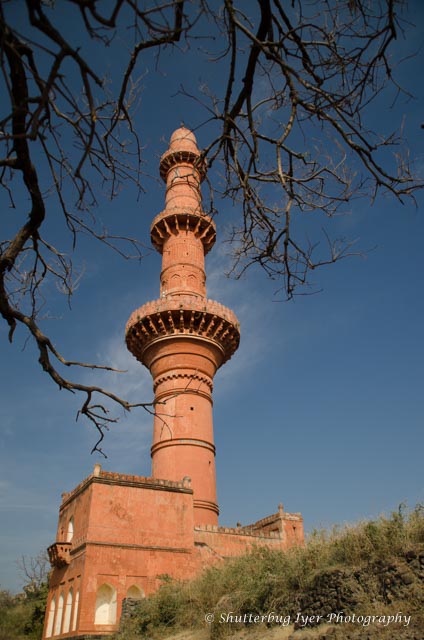
A Buddhist monk chatting up with a tourist guide and a tourist in Ajantha, Maharashtra.
The caves in Ajantha are dated from 200 BCE to 480 CE and are famous for their paintings and carvings of Buddhist themes.

Aurangabad caves are 12 rockcut Buddhist shrines cut in basalt rock on a hill not far from the Maharashtrian city of Aurangabad. While they are not as spectacular as Ajanta or Ellora, these 6/7th Century CE caves are interesting all the same.
This is an outward view from the caves.

Two young girls pray while the older one leaves. At a Kurisu palli. A shrine which is the land mark of Palai.

Jaipur, Rajasthan is famous for its palaces and forts. But this is neither. It is the space below a busy flyover. Wish it remains like this.

A different view of one of the ghats of Varanasi. The image was cropped to give a panoramic aspect ratio.

A retail outlet on the Mall near the 177-year-old Library in Mussorie,, Uttarakhand.

Looking towards Amer Fort through a stone jaali window in Jaigarh Fort. Jaigarh Fort was built by Jai Singh in 1726.
Like many Mughal – Rajasthani architecture of that period, the Fort has many such windows intricately carved out of stone.
Such windows are a photographer’s delight.

If you are visiting Jaigarh fort in Jaipur you are sure to see Jaivana, believed to be the biggest cannon in the world. It was cast by Maharaja Jaisingh II in 1720. Jai Singh II took a keen interest in developing armory and munitions. Perhaps he also wanted to impress his Mughal overlords. The gigantic proportion of the gun is quite impressive. It is 20 feet long and weighs 50 tonnes. But the size and weight itself would have been a weakness. It was (test) fired only once. Folklore has it that the 50 kg cannonball traveled 45 kms. Ballistics experts reckon that it would not have been more than 5 kms. Definitely worth ticking the box if you visit Jaigarh.

Poosimalaikuappam Palace in Arni was built as a guest house by the Jagirdhar in 1860 CE. To keep up with the British, he added 4 fireplaces and chimneys even though the place is always hot. It was one of the early structures to use steel girders. CI pipes serve the dual purpose of pillars and drains. It is believed that the Jagirdhar built it for his British wife. It was used as a hunting lodge. Locals refer to it as Glass Palace. Today, it is in ruins and wears a ghostly look with graffiti on the walls by vandals.

Daulatabad or Devagiri was established in the 12th Century CE by the Yadavas. The present fort was built in 13-14 C.CE. It is 16 Km from the present day Aurangabad in Maharashtra.
The Chand Minar stands tall inside the Daulatabad Fort. It is 210 feet high and is about 70′ in diameter at the base. It was built in 1445 by Alauddin Bahmani to commemorate his conquest of the fort. Originally it was covered with Blue Persian tiles.